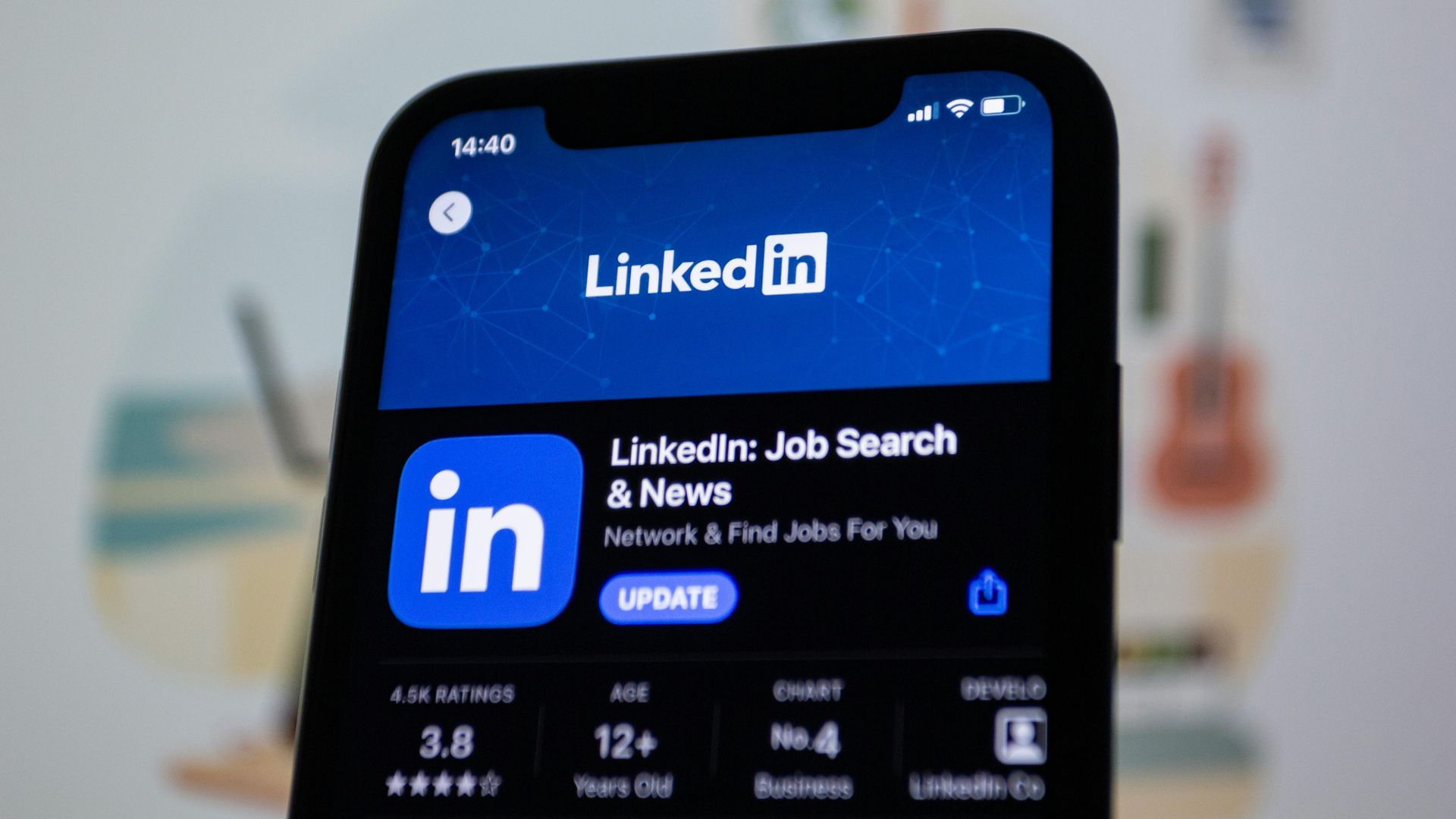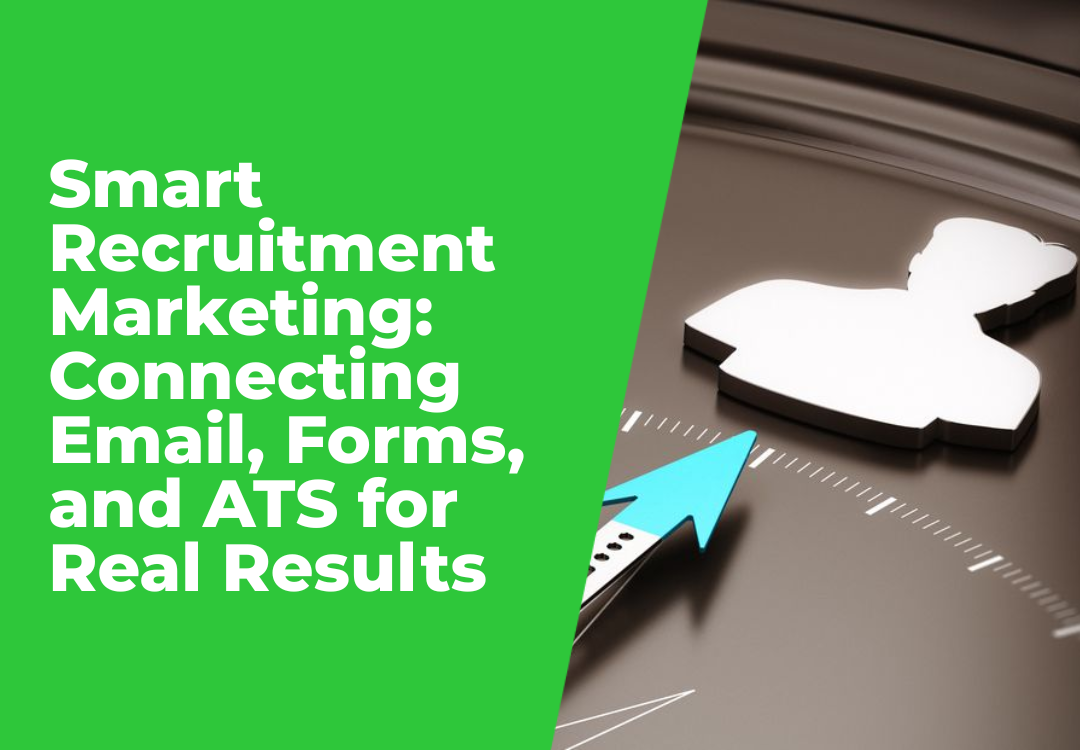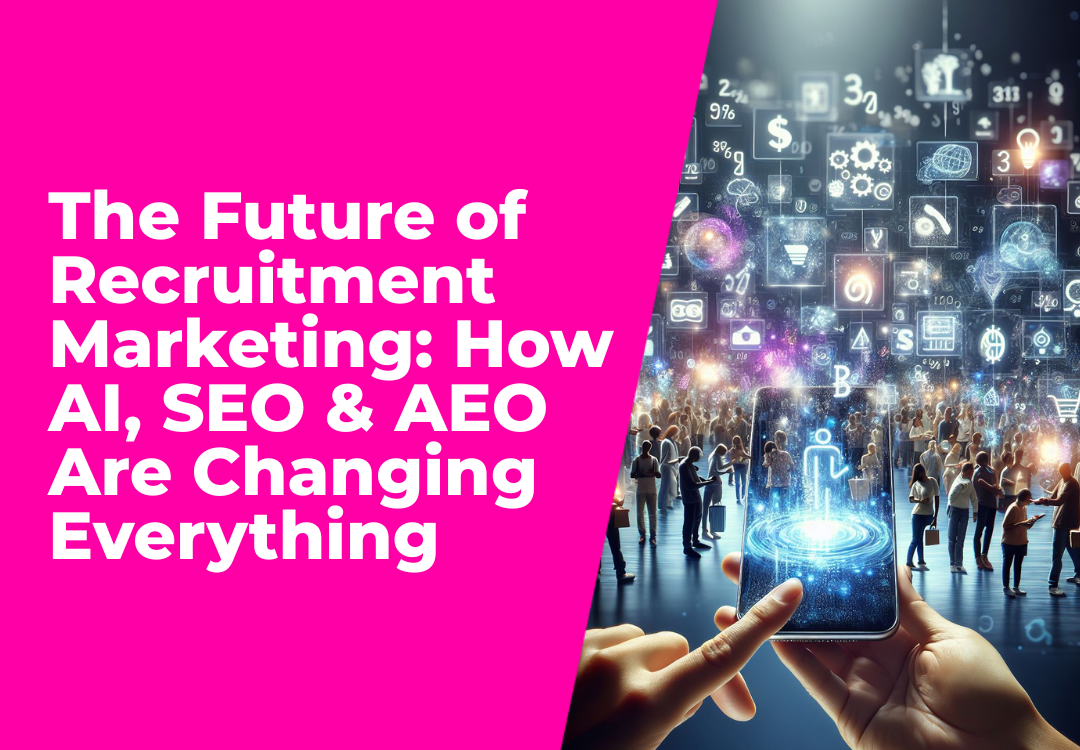10 Powerful Reasons Why Your Recruitment Agency Needs a No-Code Website Now!
Vishal Gupta • June 5, 2024
Learn how a no-code website can boost your recruitment agency's efficiency and growth.

Quick Setup and Launch
Traditional website development can take months, but with Shazamme’s no-code platform, you can have your recruitment website up and running in no time. The drag-and-drop interface allows for rapid development and deployment, saving valuable time and resources.Cost-Effective
Building a website from scratch can be expensive. No-code platforms eliminate the need for costly developers and designers, allowing your agency to allocate funds more efficiently. Shazamme’s affordable pricing plans ensure you get the best value for your investment.Easy Customization
No two recruitment agencies are the same, and your website should reflect your unique brand identity. Shazamme’s no-code platform offers extensive customization options, enabling you to create a website that perfectly aligns with your agency’s branding and values.Seamless Integrations
Integrating your recruitment website with other tools and platforms is crucial for streamlining operations. Shazamme provides seamless integrations with Applicant Tracking Systems (ATS), CRM software, and other essential tools, enhancing your workflow and efficiency.Enhanced Candidate and Employer Experience
A user-friendly website is key to attracting both top talent and potential employers. Shazamme’s no-code platform ensures your website is intuitive and easy to navigate, providing candidates and employers with a positive experience from start to finish. Features like one-click applications, mobile optimization, and streamlined employer interactions make the process even smoother.Advanced Analytics
Understanding your website’s performance is essential for making data-driven decisions. Shazamme’s platform includes advanced analytics tools that track key metrics such as visitor behavior, application rates, and more, helping you optimize your recruitment strategies.SEO Optimization
To attract candidates and employers, your website needs to be easily found on search engines. Shazamme’s no-code platform includes built-in SEO tools that help you optimize your content and improve your search engine rankings, driving more traffic to your site. Additionally, maximizing SEO opportunities for job listings ensures that your openings reach the widest audience possible.Scalability
As your agency grows, so do your website needs. Shazamme’s no-code platform is highly scalable, allowing you to add new features and pages as required. This flexibility ensures your website can grow alongside your business.Enhanced Security
Security is a top priority for any website. Shazamme’s platform includes robust security features that protect your website and candidate data from potential threats, giving you peace of mind. Our commitment to security is further underscored by our ISO 27001 certification, ensuring the highest standards in data protection.Continuous Innovation
The digital landscape is constantly evolving, and your website needs to keep up. Shazamme regularly updates its platform with new features and improvements, ensuring your website remains cutting-edge and competitive.Conclusion
A no-code website is a game-changer for recruitment agencies. With Shazamme, you get a powerful, customizable, and cost-effective solution that enhances both employer and candidate experiences. Don’t get left behind—transform your recruitment strategy with Shazamme today.
By Nicole Clarke
•
October 28, 2025
How to Track Your LinkedIn Leads (and Finally See What’s Working) Most recruitment agencies post regularly on LinkedIn, but few actually know what’s working. You might get great engagement, but how do you know if those likes and clicks are turning into new clients or candidate enquiries? If you’re not tracking your leads, you’re flying blind. The good news is that it’s incredibly easy to fix. You just need a simple setup using UTM tracking and Google Analytics (GA4) . Here’s how to do it properly so you can see exactly which posts, people, and campaigns are driving real results. Step 1: Add UTM Links to Every LinkedIn Post Whenever you share a link on LinkedIn, whether it’s to a job, a blog, other content or a “book a demo” page etc you should add a little bit of tracking code at the end of your URL. This code is called a UTM , and it tells you exactly where your traffic came from once people land on your website. Example: https://www.xyzrecruitment.com/book-demo?utm_source=linkedin&utm_medium=social&utm_campaign=demo_launch&utm_content=post1 Here’s what each tag means: utm_source=linkedin → tells you the traffic came from LinkedIn utm_medium=social → identifies it as an organic social post utm_campaign=demo_launch → labels your specific campaign utm_content=post1 → helps you see which post or person shared it You can use Google’s free Campaign URL Builder to generate these in seconds. Step 2: Use Tagged Links in Every Post and Profile Once you’ve created your UTM-tagged links, use them everywhere you share links from LinkedIn: Company updates Recruiter and consultant posts LinkedIn articles or newsletters Comments and DMs If multiple people in your team are posting, give each person their own UTM content tag (for example: utm_content=sarah_post or utm_content=liam_article ) so you can easily see who’s driving the most traffic or conversions. Step 3: Track the Results in Google Analytics 4 With your UTM links live, it’s time to see what’s working. In Google Analytics (GA4) , go to: Reports → Acquisition → Traffic Acquisition Filter by: Source / Medium = linkedin / social Now you’ll see: How many visitors came from LinkedIn Which pages they viewed Whether they filled out a form, booked a demo, or applied for a role That’s how you finally connect your LinkedIn activity to actual business outcomes. Step 4: If You Run Paid Ads — Connect LinkedIn to GA4 If you’re also running LinkedIn Ads , connect your LinkedIn Campaign Manager to GA4 . This gives you the complete picture, not just clicks and impressions, but which ads and audiences are driving conversions. Step 5: Create a Simple Dashboard Once you’re tracking everything, pull it together in a Google Looker Studio (Data Studio) dashboard. You’ll get a clear visual of: Traffic from LinkedIn (organic + paid) Conversions by campaign Which recruiters generate the most leads Your overall ROI from LinkedIn It’s simple, visual, and finally gives you proof of what’s working. Why This Matters for Recruitment Agencies Without UTM tracking, your LinkedIn traffic shows up in Google Analytics as “direct” or “referral”, which tells you nothing. With proper tracking, you’ll know: Which campaigns or posts bring in new client leads Which recruiters or consultants drive the most engagement What content types actually convert It’s not about guessing, it’s about growing with real data. Quick Recap Step 1: Add UTM links to every LinkedIn post — Tracks traffic accurately Step 2: Use consistent naming — Keeps your data clean Step 3: Check GA4 reports — See conversions clearly Step 4: Connect LinkedIn Ads — Measure full ROI Step 5: Build a dashboard — See what’s working at a glance Final Tip Consistency is key! One untagged link can throw off your data. Once you start tracking properly, you’ll quickly see which content drives leads and where to focus your marketing energy next. If you’d like help setting up UTM links or building a simple LinkedIn-to-GA4 dashboard, contact the team at www.shazamme.com we can show you exactly how to do it right!








